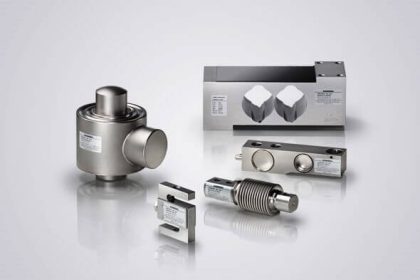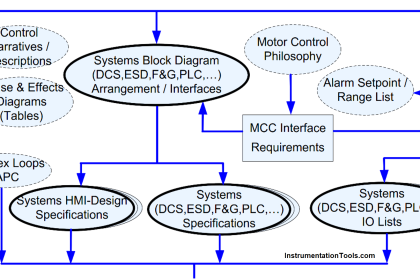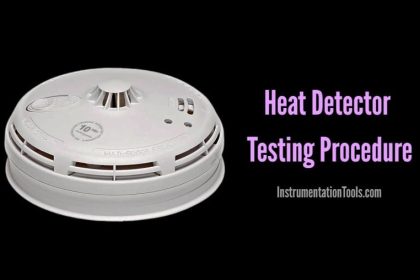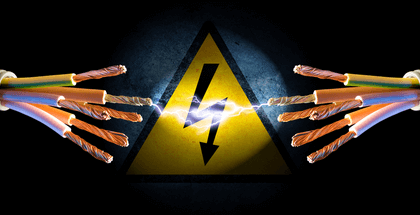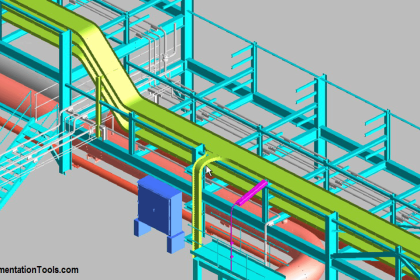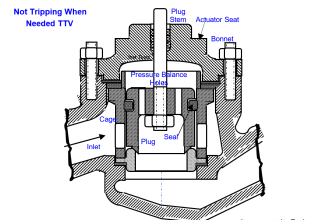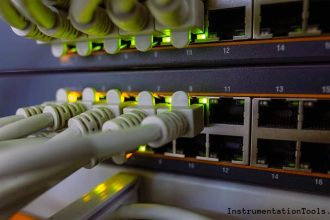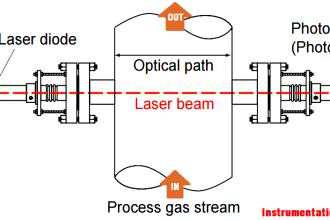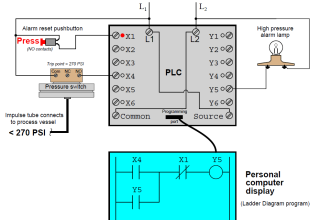The intent of this document is to define the general requirement of a Fire Detection and Alarm System (FDAS). This article provides general information, process and engineering data, and guidance on the selection of detectors, devices, and systems.
Contents
Codes and Standards
The basic design will conform to the requirements of the latest editions of the following codes, guides and specifications wherever applicable.
| NFPA 72: 2019 | National Fire Alarm Code |
| IS 2189:2008 | Code of Practice for selection, installation, and maintenance of Automatic Fire Detection and Alarm System |
| IS 2175:1988 | Heat-sensitive fire detectors for use in automatic fire alarm systems. |
| IS 1881:1998 | Indoor installation of sounding system |
| BS EN 50288 7:2005 | Multi-element metallic cables used in analog and digital communication and control, Part 7- Sectional specification for instrumentation and control cables |
Selection Criteria of FDAS Components
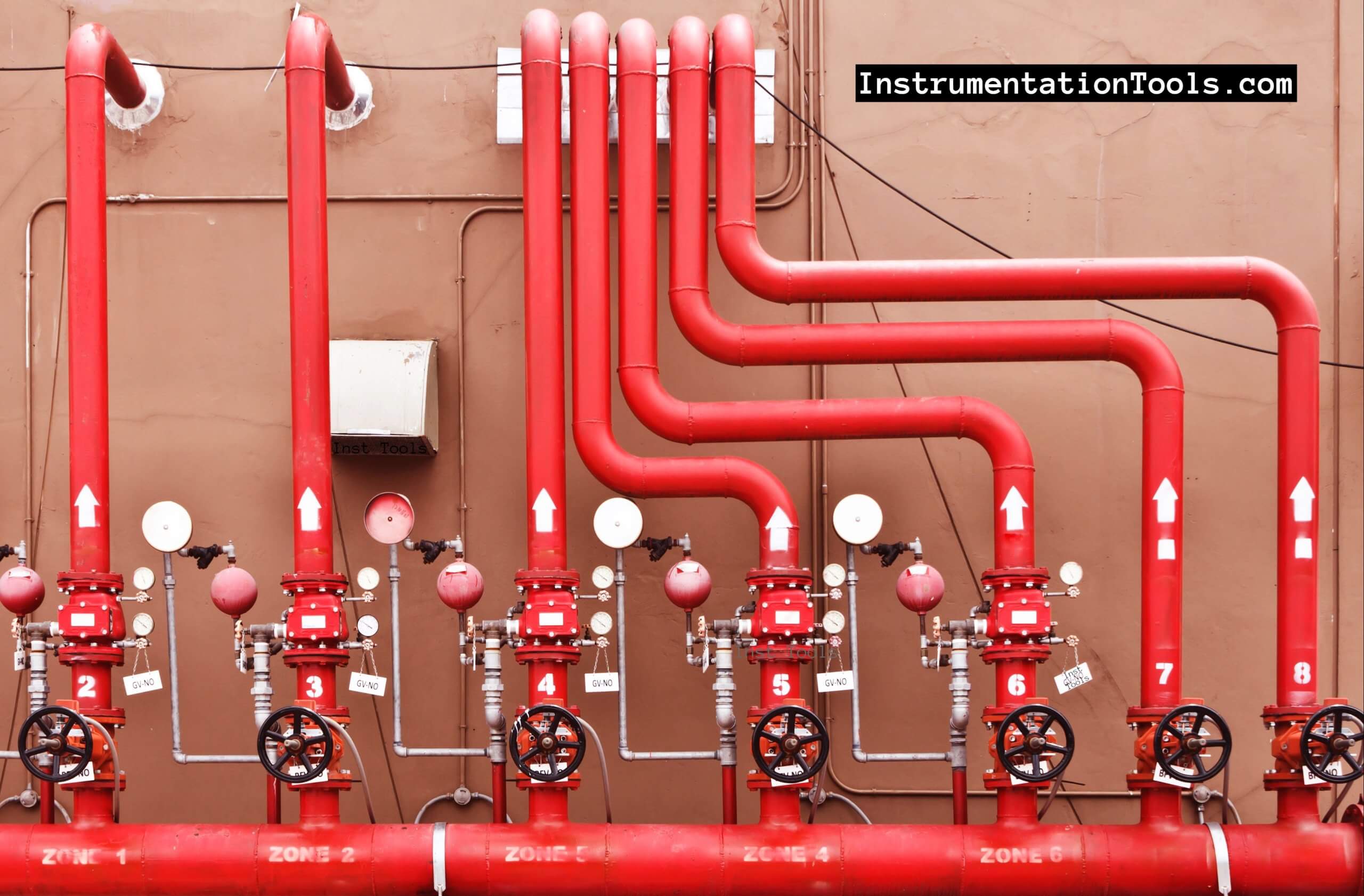
Criteria for selecting fire detectors and devices considering the various areas of the plant should be as follows:
| Type of detector/ device | Area/ Environmental conditions |
| Fire alarm control panel | MCC Room |
| Repeater Panel | Control room |
| GUI with PC | Control room |
| Multisensor detectors | All non-plant area |
| Heat Detector | Pump house, Kitchen area, Non-plant buildings (Area above false ceiling & below false flooring) |
| Beam-type smoke detectors | Raw material goes down, Storage area |
| Hydrogen gas detectors | Battery Room |
| Manual call point | All exits of Plant area & Non-Plant area |
| Ex-Proof Manual call point | All exits of Plant area (Hazardous area) |
| Linear Heat Sensing cable | For HT Cable trays, cable cellar room |
| Control Module / Monitor Module | Required for hardwire Integration with third-party services |
| Hooter with strobe | All plant exits & noisy areas of the plant (non-hazardous) & Non-Plant Buildings |
Fire Alarm Control Panel (FACP)

- Loop supervision
- Alarm generation from detector/ devices
- Functional alarms such as a low battery, AC power failure, fault
- Connection to detectors/ devices through loop cable
- Minimum 6 Nos. of loop cards shall be considered by the vendor unless specified.
- FACP will have an alphanumeric, keyboard, and LCD display for giving the status of the area-wise fire alarms. It will also have Acknowledge, Reset and Test pushbuttons for alarm annunciation It will have indications for Main AC power failure and battery failure.
Fire Alarm Repeater Panel
- Passive type
- Alpha-numeric display
- Controls like alarm silence, alarm reset & alarm acknowledge.
- Repeat alarm signals from the FACP that are connected to the network.
Graphical User Interface (GUI) with Workstation
- PC-based GUI shall be provided with customized software.
- Seamless integrated graphical mimic with full alarm management and panel control capability.
- Installation plans, device type, locations, zoom areas, and zoom magnifications shall be able to import from AutoCAD as loaded in GUI.
- Software shall be able to generate audio-visual indications in case of emergency/ input signals from detectors/ devices/ panels.
- In the event of change of any logic, detector/ zone sequence alteration, the operator can initiate this by alpha-numeric keys on the Fire Alarm Panel or through the GUI.
- The programming through GUI shall be possible for the FACP provided in the plant.
Multi Sensor Detector
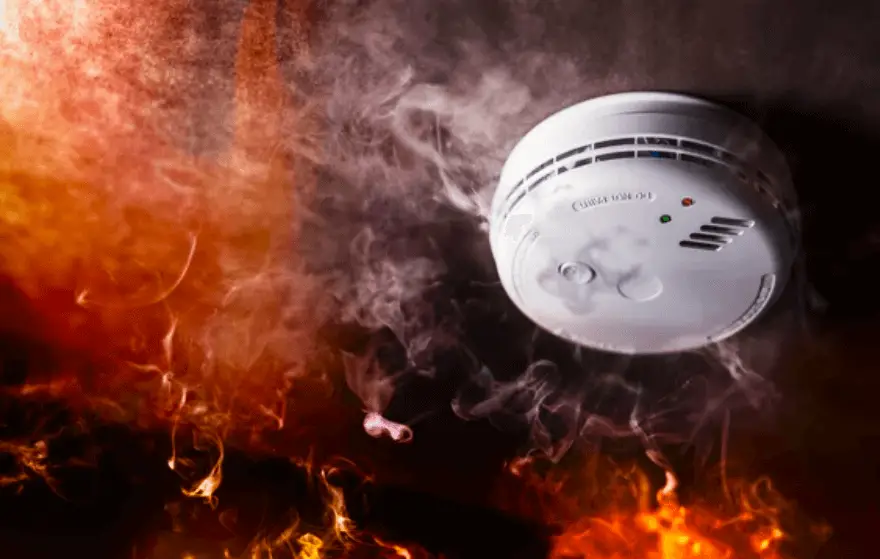
- Multi Sensor Detector is a combination of smoke & heat sensing technology in which FACP will receive the signal in case of detection of smoke as well as detection of an increase in temperature.
- The detectors should be intelligent addressable & loop powered.
- Each detector shall use state-of-the-art microprocessor circuitry with error, detector self-diagnostics, and supervision programs.
- Each detector should have a multicolor & multi-status indicator LED to indicate the status of the detector.
Manual Call Point (MCP)
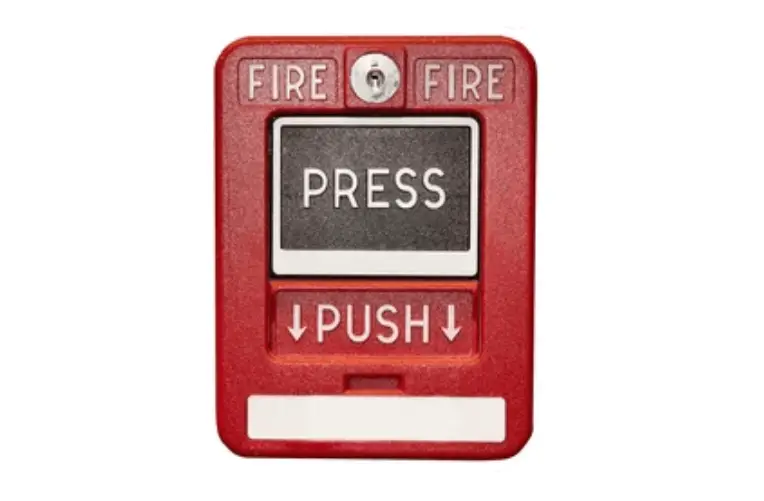
- Manual Call points (MCP) should be addressable & loop powered.
- It should be surface wall or pole mounted indoor and outdoor type for a safe area.
- If conventional MCPs provided, the same shall be made addressable using the monitor module.
- Ex-proof MCPs must be provided in hazardous areas.
Hooter with Strobe

- Hooter with Strobe should be addressable & loop powered.
- Hooter should sound automatic when any of the detectors in that zone detects a fire condition.
- Hooter should be installed considering sound pressure level, and acoustic area coverage.
- If a conventional Hooter/ strobe is provided, the same should be made addressable using the control module.
- Ex-proof hooter with strobe should be provided in the hazardous areas.
Monitor Module
- Monitor Module shall supervise the open potential free dry contact input of the device & give an alarm when the alarm is generated by the connected device.
- The monitor module shall be the interface between FACP & DCS, FACP & conventional devices to make them addressable one
Control Module
- Control Module shall provide the dry contact output for activating a variety of auxiliary devices such as PAS, Firefighting equipment, AHUs, and conventional devices as required. These are typically used where control or shutting of external equipment is required.
- Control relay modules shall be provided to integrate FDAS with third-party systems.
Hydrogen Gas Detectors
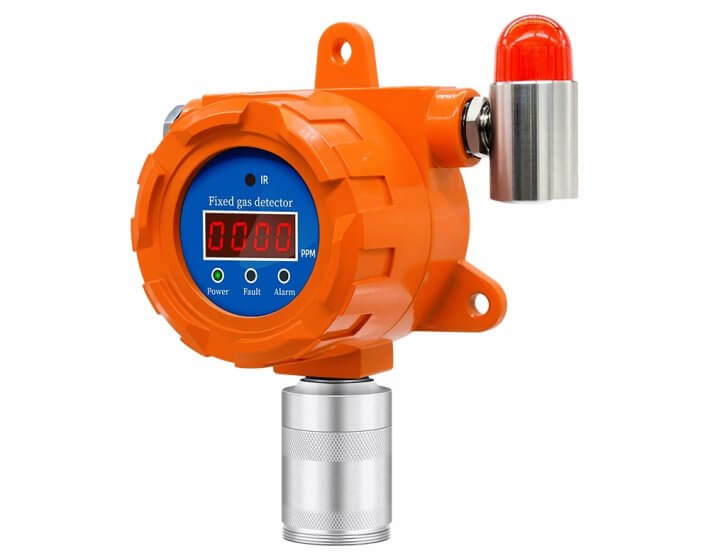
- Hydrogen Gas Detectors shall be provided in Battery rooms for detecting Hydrogen gas leakage from the batteries.
- Hydrogen Gas Detector shall measure the gas concentration in a % level of 0-100% range.
Beam Type Smoke Detectors
- A beam-type smoke detector should be installed in areas having a ceiling/ roof height of more than 10 meters or in large areas like warehouses or godowns.
- The projected beam length will range from 10 meters to 100 meters.
- Line of sight vision between the transmitter & receiver/reflector should be clear to avoid false alarms.
- Adjustable sensitivity levels should be set as per site conditions.
Heat Detector
- The heat detector will detect heat and generate a signal either due to a sudden increase in the temperature or due to an increase in the ambient temperature exceeding the pre-set alarm temperature of the detector.
- The detectors shall be loop powered.
- Each detector will have a multicolor & multi-status indicator LED to indicate the status of the detector.
- Above false ceiling detector with response indicator shall be provided if false ceiling void area is greater than equal to 800mm.
Fault Isolator Module
- Fault Isolator Module should supervise the open loop or fault in the loop of the devices & give the alarm. It shall isolate them.
- Fault Isolator Module should be provided in every loop for every 20 devices/detectors.
Linear Heat Sensing (LHS) Cable & Distance Locator Module
- Linear Heat Sensing (LHS) system must be the analog or digital type with a distance locator module (if required) to indicate the exact location of the occurrence of the fire.
- A change in temperature shall produce a relative and inverse change in resistance between the two sensor cables.
- Normally it is used in HT power cable trays. LHS cable shall be detecting heat generated from current carrying cables over its entire length. Also, it is used in coal conveyors, cable trenches, etc.
- Analog cable is reusable after the detection of the increase in heat where alarm temperature can be set.
- The Digital cable needs to replace after the detection of the heat. It is available in different temperature ranges.
- LHS cable shall get connected to the signal line circuit with the help of the monitor module
If you liked this article, then please subscribe to our YouTube Channel for Instrumentation, Electrical, PLC, and SCADA video tutorials.
You can also follow us on Facebook and Twitter to receive daily updates.
Read Next:
- What is a Fusible Plug?
- PLC Gas Detection System
- Heat Detector Testing Procedure
- Manual Call Point Test Procedure
- Selection of Fire and Gas Detectors
